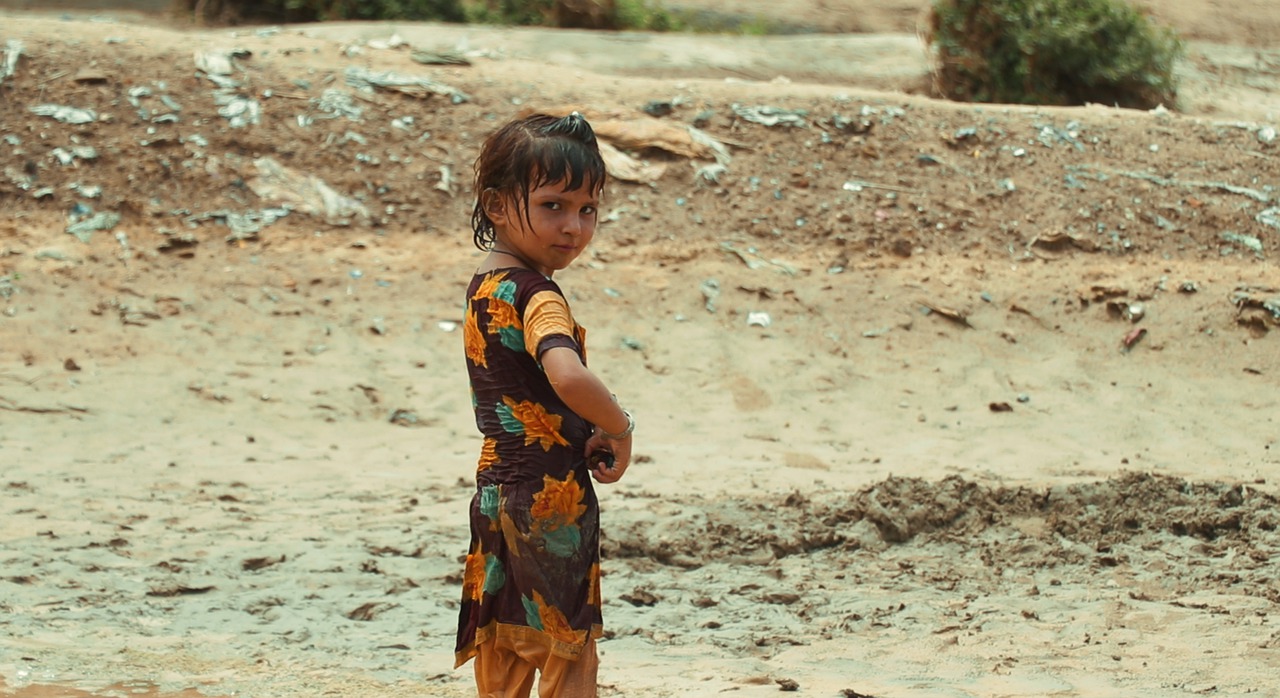News
Culpability for the Pakistan floods rests with the Pakistani government and rich countries

The Pakistani state, too, remains culpable for the dispossession of its people in the wake of the floods. (Pixabay photo)
Nearly a third of Pakistan still remains submerged after catastrophic flooding. The country’s administration has denied responsibility for the crisis and blamed wealthier nations that produce the bulk of global carbon emissions for the unfolding climate disaster.
Rich nations must be held accountable and humanitarian aid should be redefined as climate reparations. The colonial legacy of climate change must also be recognized. However, the Pakistani state, too, remains culpable for the dispossession of its people in the wake of the floods.
Like many countries, Pakistan’s population centres are based around its river systems. Just a few weeks ago, I spoke with Ali, a resident of northwestern Pakistan. He described how his family has been struggling to meet their daily expenses amidst record-high inflation. Since then, the floods have destroyed his village and he is currently in a displacement camp. Twelve years ago, Ali’s family was similarly forced into a camp where I first met him.
This is not the first time Pakistan has experienced flooding of this scale. In 2010, large parts of the country were also inundated. I worked in the disaster response following the floods and have since conducted research with affected communities across the country.
Important lessons were learned from the floods in 2010. Unfortunately, authorities have failed to use them to shape national policies.
Marginalized areas hardest hit
Most notably, the devastation from the floods is taking place in some of the country’s poorest and politically repressed regions, such as Balochistan, where an armed insurgency against state oppression is ongoing. Images of inundated villages cycle with images of disappeared activists and intellectuals.
Southern Punjab, another heavily impacted region, is also marked by uneven development and inequality.
Insecure land rights were flagged as a significant impediment to disaster recovery after the floods in 2010.
In my work with the United Nations, I have argued that empowerment should be at the heart of climate action, of which security of land tenure is key.
Little progress has been made since then to strengthen land tenure. Land tenure is about the relationship between people and the land where they live and work. In Pakistan, land ownership is deeply embedded with political patronage.
Many in the heavily affected provinces are peasant farmers who work for landed elites. Many of these elites consolidated their hold over land and political power under the British as a reward for facilitating colonial rule.
Contract farmers pay rent to landowners in exchange for the right to stay and plant crops. There is little incentive for the landed class to make any improvements to the land that could mitigate the impacts of flooding. Farmers who rent that land are not allowed to make significant changes.
Those with land tenure, however, more effectively utilize reconstruction assistance to build resilient housing following floods and earthquakes in the country.
Climate action needs investment and empowerment
Despite a disaster management authority at the federal and provincial levels, disaster preparedness and mitigation have not been prioritized. The country’s National Climate Policy details the necessity of early warning systems, disaster-resilient infrastructure, and evacuation plans. These recommendations have yet to be implemented.
The destructive effects of the flooding are exacerbated by years of poor governance. Underdevelopment has become a chronic problem in flood-prone regions. And due to the absence of zoning or relocation policies, communities continue to reside in marginal areas dangerously close to waterways, accumulating the recurring costs of climate change. Where laws exist, enforcement has been difficult.
Some of the most crucial lines of defence against flooding are colonial-era projects, many of which are in a state of disrepair.
Reparations and accountability
Pakistan omits less than one per cent of global emissions but is among the top 10 countries most affected by climate change. The Pakistani Minister of Climate Change has argued that wealthier countries owe reparations to countries facing climate disaster.
Climate reparations were a contentious issue at the COP26 summit in Glasgow last year. The U.S. and EU opposed climate reparations.
While climate reparations from the global north may assist Pakistan in recovering from the current crisis, structural change is needed to prepare the country for the next climate catastrophe. This requires substantial investments in climate-resilient infrastructure and poverty reduction.
Pakistan spends billions on servicing debts to foreign lenders. It paid $15 billion on payments this year alone. That is over 80 per cent of its total tax revenue.
Ammar Ali Jan, a member of the Haqooq-e-Khalq Party in Pakistan, argues that the twin crises of indebtedness and climate catastrophe mean we need to change the narrative on climate change. The grassroots collective aims to hold the Pakistani government accountable for rights promised in the country’s constitution.
There are growing calls for debt cancellation as a form of climate reparation. Similar calls were made after the floods in 2010.
Frames of transitional justice used to pursue accountability following war and conflict should also be used in contexts of disasters.
Climate reparations make sense for Pakistan because of the much longer history of colonial exploitation. Climate reparations are also colonial reparations.
It won’t be surprising that national authorities, humanitarians, and high carbon emitters will all be on the list of those culpable for the floods in Pakistan if such mechanisms are implemented.
Conversations on climate reparations should be pursued in relation to Pakistan’s internal record of letting its people down. These two aspects cannot be disentangled but must be viewed together through the prism of justice and accountability.
While the lives lost and affected can never be fully restored, centring accountability and empowerment in reconstruction efforts offer a path forward.![]()
This article is republished from The Conversation under a Creative Commons license. Read the original article.





















